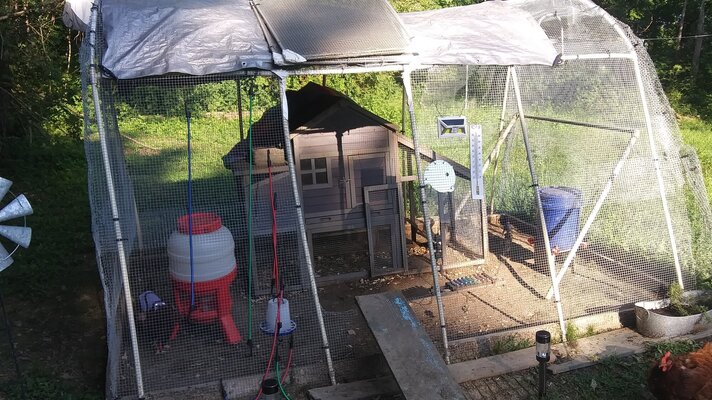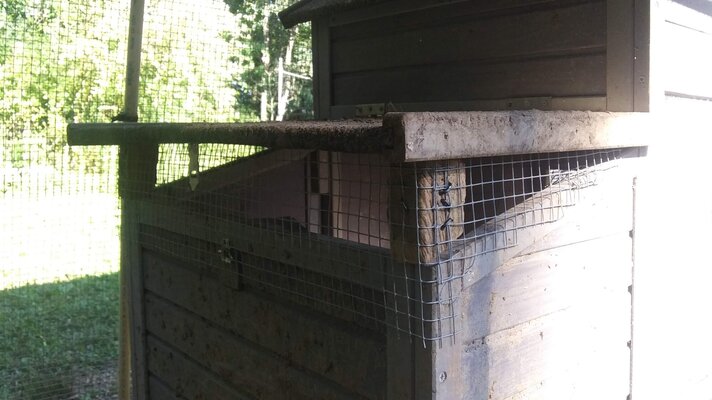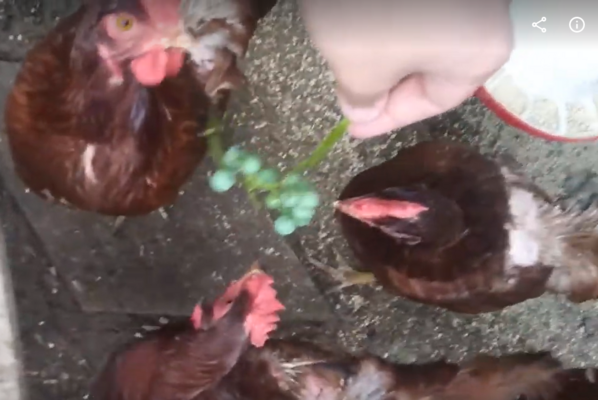- Thread starter
- #14
Kaiser Fertilizer
Chirping
Thanks for telling me about that feature, I live in south eastern Indiana. Yeah I know it is partially because the coop is too small, but I think the problem right now is it's too hot for them in addition to the small coop. They stayed inside all winter, with no problems. Of course, I do need to replace the coop at some point at least, which I do plan on. The good news is another user provided me with a thread about someone who upgraded their prefab coop, which is something I hadn't thought about that much. I plan on doing so as soon as I can.Because coop is too small for that many birds.
Do you get snow load on the run roof?
Southern or Northern?
Here's how to add your general geographical location to your profile.
It's easy to do, and then it's always there!
View attachment 3217350
Souther
Also, I've never had bad snow load on my run roof. I designed it in an arched shape so the snow would slide off when the tarp is on, and I remove the tarp when we have bad snowstorms, so it at least takes a while before the the snow can really build up. When I'm concerned about to much weight from either snow or rain, I put up a heavy duty 2 or 2 and 1/2 inch PVC pipe pole to act as extra support, which I plan on buying more of. So no, I thankfully don't have problems with snow and rain buildup.







